Cowslip, common cowslip, or cowslip primrose (Primula veris)
The Cowslip Primrose (Primula veris) is a charming and well-known wildflower, appreciated for its bright yellow blooms and historical significance in traditional medicine. Here are some key details about this plant:
Appearance
- Size: Cowslip Primroses typically grow to a height of 10-30 cm (4-12 inches).
- Flowers: The plant produces clusters of bright yellow, bell-shaped flowers with orange spots at the base of each petal. The flowers are fragrant and appear in a nodding cluster at the top of a slender stem.
- Leaves: The leaves are green, oblong, and wrinkled, forming a basal rosette. They have a slightly toothed edge and are covered in fine hairs.
- Stems: The flower stems are slender and unbranched, rising directly from the leaf rosette.
Habitat
- Range: Primula veris is native to Europe and parts of Asia. It has also been introduced to North America.
- Environment: This plant thrives in a variety of habitats, including meadows, grasslands, open woodlands, and road verges. It prefers well-drained, calcareous (chalky) soils and sunny or partially shaded locations.
Behavior
- Flowering Season: Cowslip Primroses typically bloom from April to June, with peak flowering often occurring in May.
- Pollination: The flowers are primarily pollinated by bees and other insects. They are particularly attractive to bumblebees, which are effective at transferring pollen from flower to flower.
Life Cycle
- Seed Production: After flowering, the plant produces small, round seed capsules that release numerous tiny seeds. These seeds can be dispersed by wind or water, aiding in the plant’s spread.
- Growth: Seeds germinate in the autumn or spring, and young plants form a rosette of leaves before producing flower stems in subsequent years. The plant is perennial, meaning it lives for several years, flowering annually.
Uses
- Traditional Medicine: Historically, Cowslip Primrose has been used in herbal medicine. It was believed to have properties that could treat a range of ailments, including coughs, headaches, and insomnia. The flowers and roots were often used to make infusions and syrups.
- Culinary Uses: The young leaves can be eaten raw in salads or cooked as a leafy vegetable. The flowers are also edible and can be used to garnish dishes or make a decorative addition to salads.
- Ornamental: Due to its attractive flowers, Cowslip Primrose is also grown as an ornamental plant in gardens and parks.
Conservation
- Status: Primula veris is not currently considered endangered, but its populations have declined in some areas due to habitat loss and changes in land use, such as the conversion of meadows to agricultural land.
- Conservation Efforts: Efforts to conserve Cowslip Primrose include protecting and managing natural habitats, promoting traditional meadow management practices, and encouraging the planting of wildflower meadows in gardens and public spaces.
Interesting Facts
- Cultural Significance: In folklore, Cowslip Primrose has been associated with various myths and legends. It was believed to be a key to the hidden treasures of fairies and has been featured in literature and poetry.
- Ecological Role: Beyond its beauty and historical uses, Cowslip Primrose plays an important role in ecosystems. It provides nectar and pollen for early-season pollinators and can help to maintain biodiversity in grassland habitats.
The Cowslip Primrose (Primula veris) is a beautiful and ecologically valuable plant, beloved for its cheerful yellow flowers and rich cultural history. Conservation efforts are essential to ensure that this charming wildflower continues to thrive in its native habitats.
Visited 61 times, 4 visit(s) today
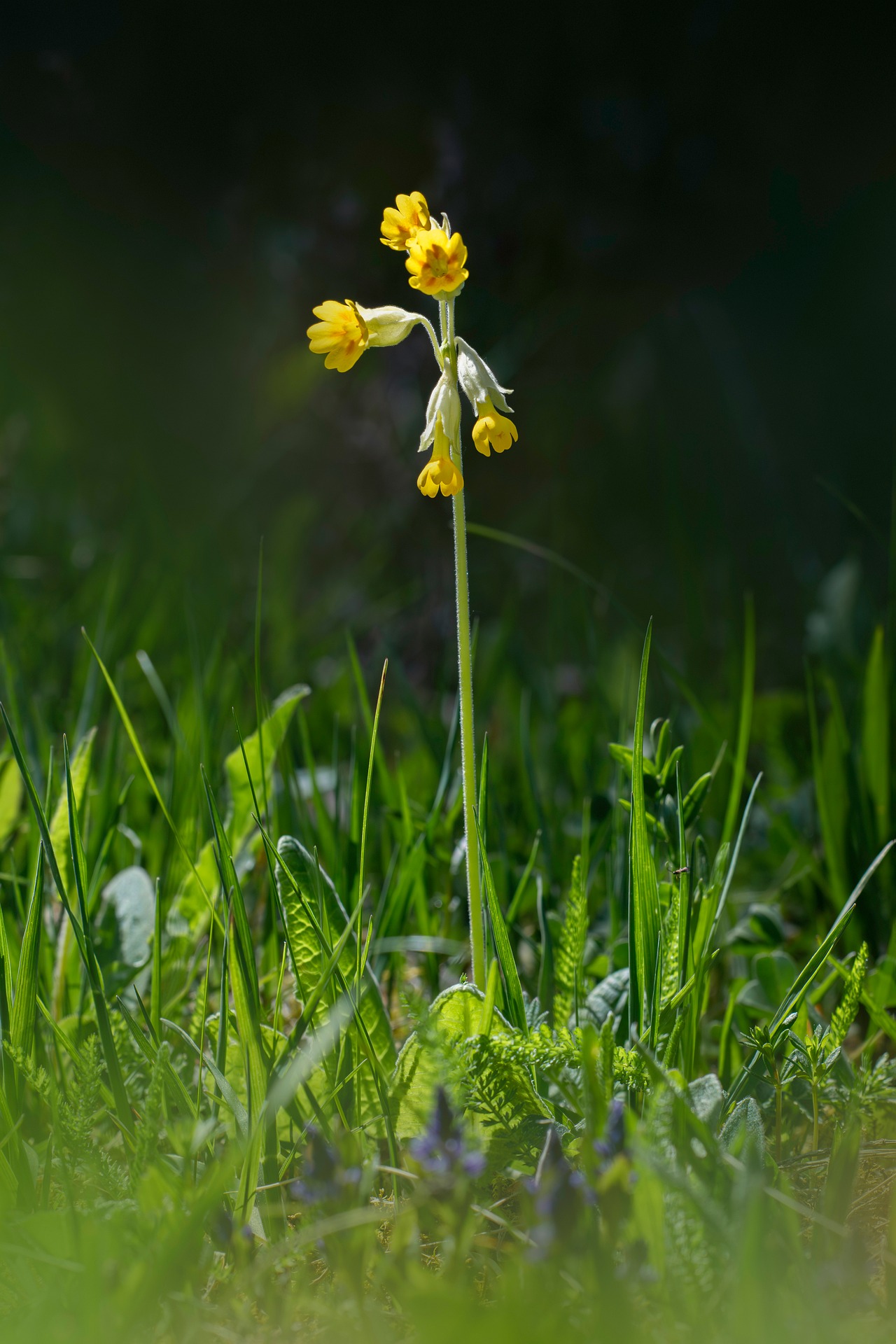
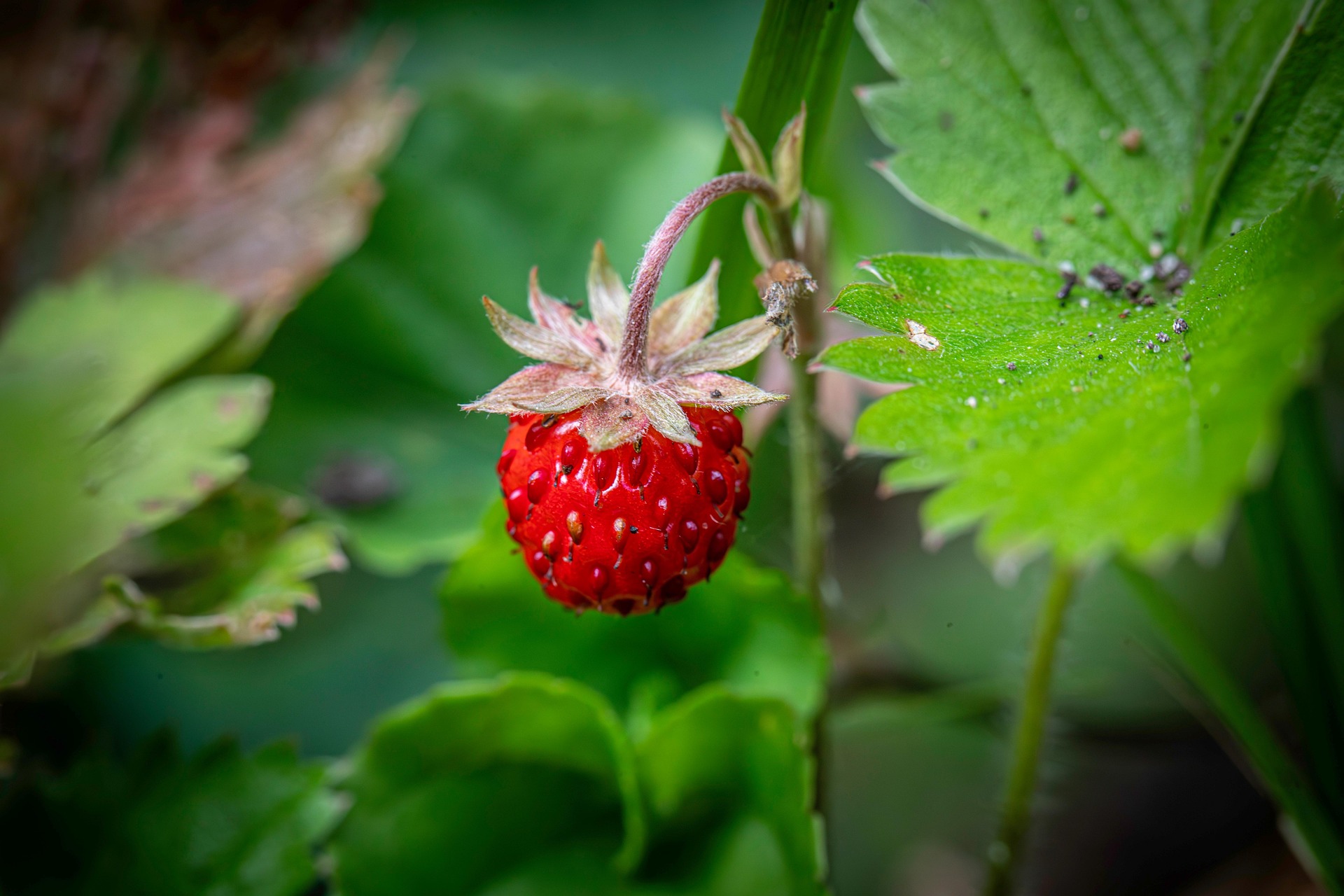

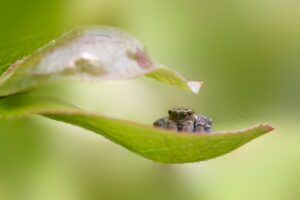
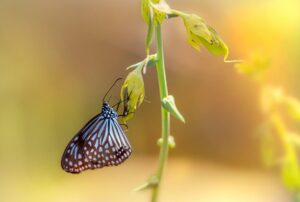
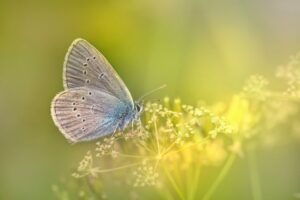
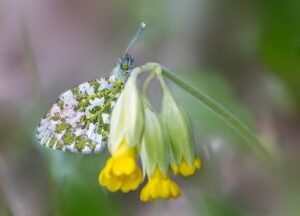
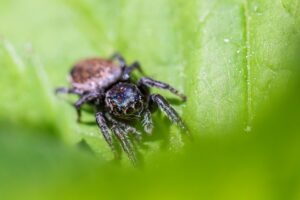
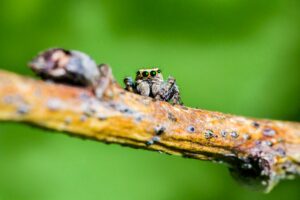
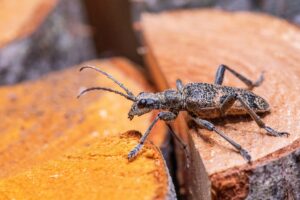
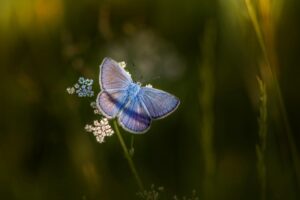
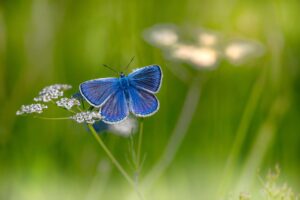
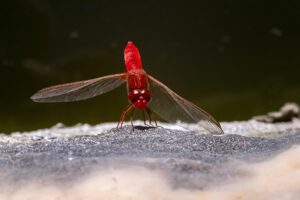
Post Comment